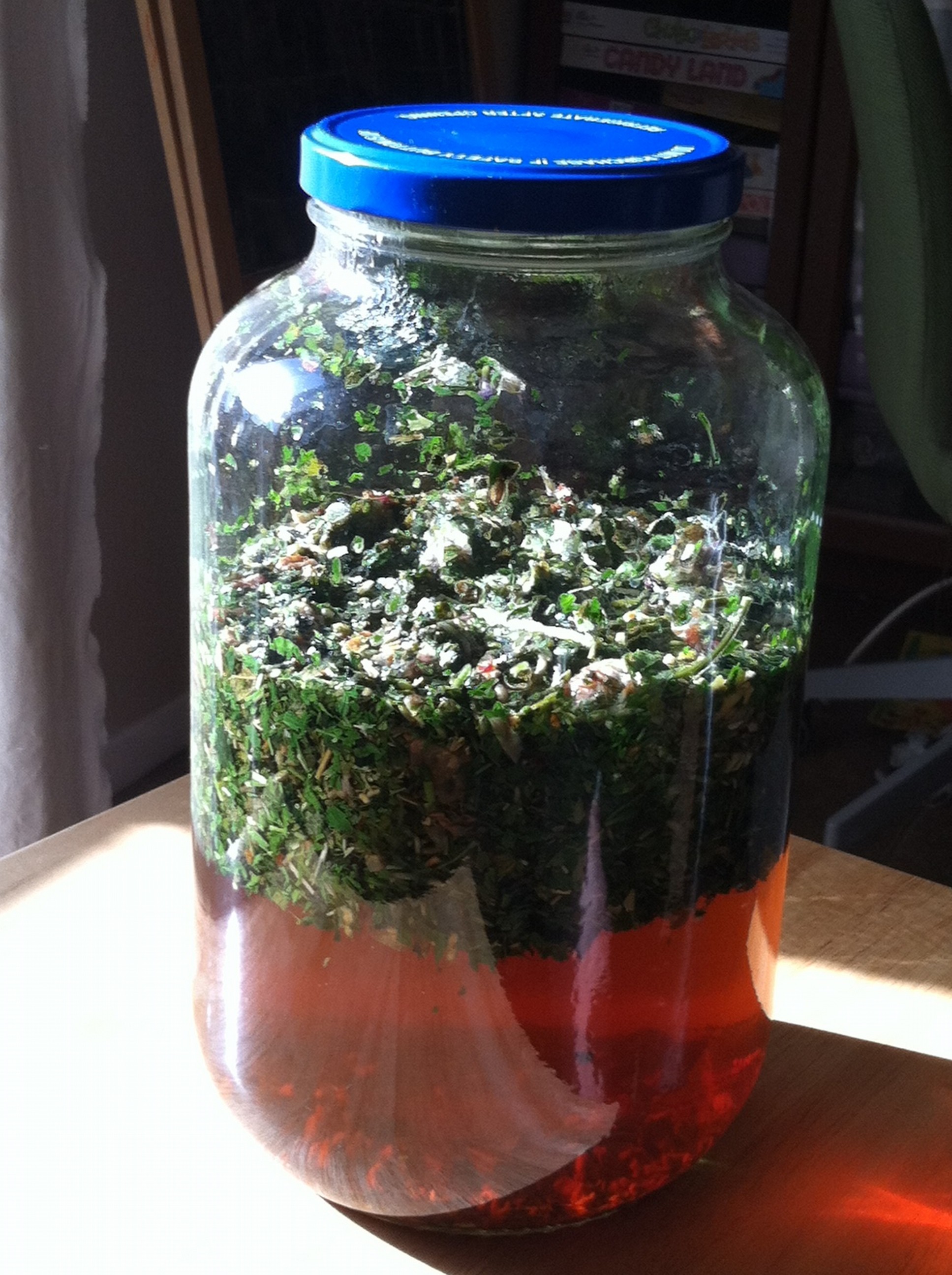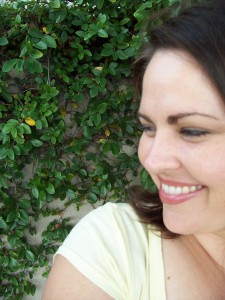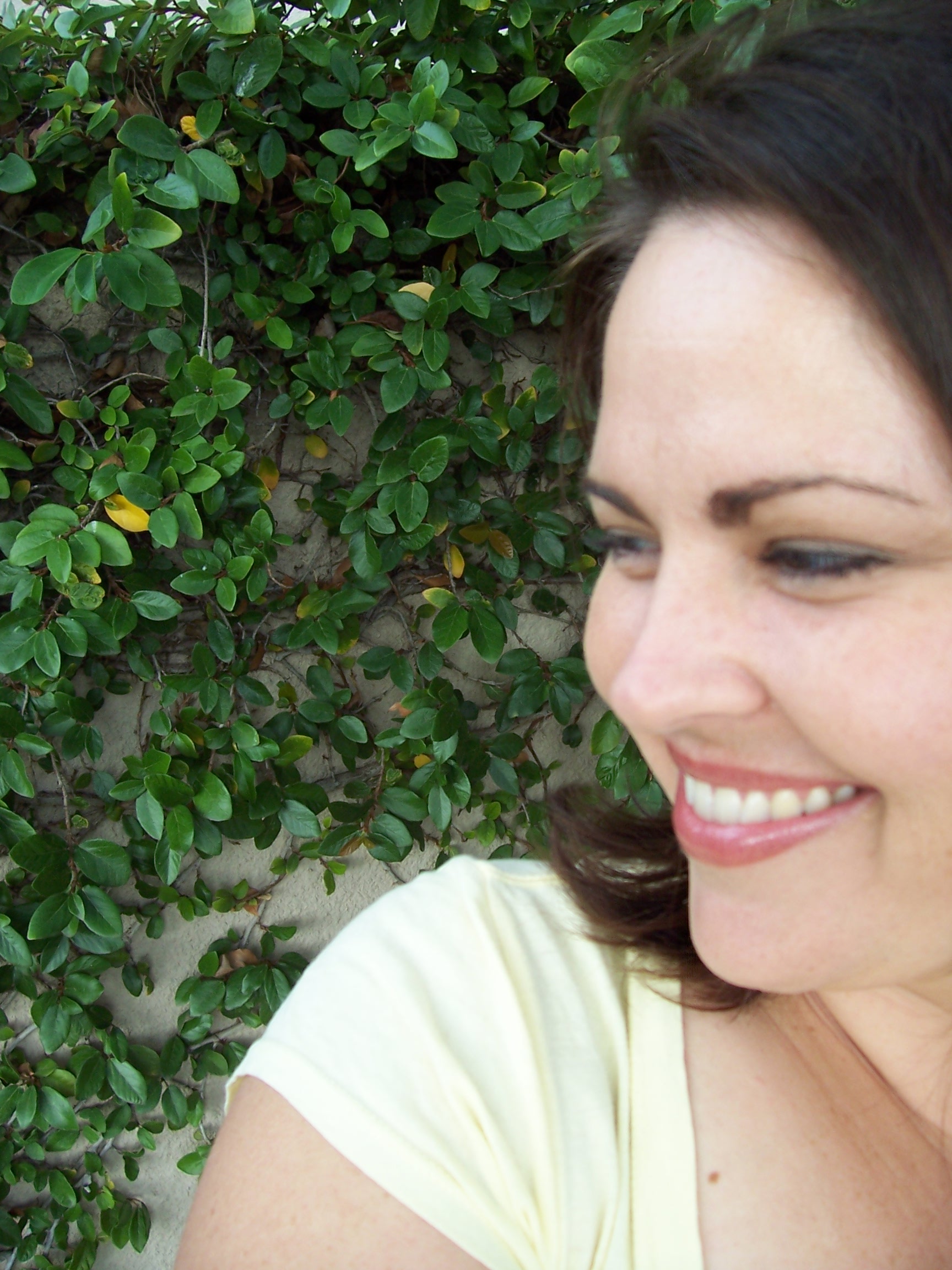
 Whether you’re a nursing mom like me or just a busy woman trying to get your list done for the day, it’s likely you don’t get as much sleep as you’d like and start your days feeling like you need a boost. After all, the nice adrenaline rush we get after one late night starts to fade after weeks of interrupted sleep common to parents. Usually the resulting exhaustion finds us groping for a strong cup o’ joe in the morning…and in the afternoon. Now, I’m not anti-coffee but I want to suggest something that will provide energy without creating adrenal fatigue – nourishing herbal infusions.
Whether you’re a nursing mom like me or just a busy woman trying to get your list done for the day, it’s likely you don’t get as much sleep as you’d like and start your days feeling like you need a boost. After all, the nice adrenaline rush we get after one late night starts to fade after weeks of interrupted sleep common to parents. Usually the resulting exhaustion finds us groping for a strong cup o’ joe in the morning…and in the afternoon. Now, I’m not anti-coffee but I want to suggest something that will provide energy without creating adrenal fatigue – nourishing herbal infusions.
Herbal infusions are simply large amounts of herbs steeped a long time to get the most nutrients from them. They supply nutrients that gently strengthen and rejuvenate our bodies. They are also inherently safe since they utilize the whole herb and not just a focused portion of the plant (like a pharmaceutical).
The ratio for making an infusion is…
1 oz dried herb + 1 quart boiling water
If you don’t have a scale, 1 oz of a leafy herb is about 1 c by volume. Heavier items like rose hips would require less than 1 c. to make 1 oz.
When starting to use herbal infusions, it’s wise to use one herb at a time and rotate them throughout the week. It’s easier to determine how you respond to an individual herb before mixing a bunch together. Great counsel for a new herbal user.
However, for today’s post, I have already used all the herbs in my current nourishing infusion and need something to drink daily that will boost my milk supply and my energy level. Not only do these herbs pack a nutritional punch that energizes me for the day, the nettle, red clover, alfalfa and marshmallow all help nursing mamas to make more milk. Red raspberry may help milk production as well but some research seems to indicate that due to its astringent nature, it can actually decrease milk supplies in some mamas if used long term. So, I included it some days and leave it out at times.
Place in a gallon jar:
1 c nettle
3/4 c. red clover blossoms
1/2 c. red raspberry leaf
1/4 c. alfalfa
1/8 c. marshmallow root (milk production)
1/8 c. rose petals
2 T. dried lavender
2 T. rose hips
1 pinch stevia herb (not the powdered junk)
Pour boiling water over the herbs to the top of the jar and cover with a lid. Steep from 4-10 hours (overnight is perfect).
Strain, refrigerate and drink within 36 hours.
*Some people like to add a pinch of peppermint to their infusions. However, peppermint CAN reduce milk in some nursing mamas so use as needed.
When I need large quantities of dried herbs, I purchase them from Mountain Rose Herbs. They have a great reputation for quality and their prices are good, especially in quantity. If you can’t afford all of the herbs, start with one (nettle is a good choice) and build your supply slowly. I would spend my money on herbs over vitamins any day.
Since I’ve started drinking infusions rather than coffee, I actually prefer their refreshing flavor to caffeinated drinks. I drink my infusions iced and unsweetened (stevia is enough!).
Give it a try!
What nourishing foods/drinks do you use to get you through days when you wish you’d had more sleep?
*As always, I’ll remind you that I am not a doctor. These are common sense remedies I use for my family, especially because they support the immune system rather than simply masking the symptoms of illness. I have taken the time to research any herbal recipes carefully myself and have consulted with my local herbalist and doctor. I encourage you to always do the same before choosing to take or administer any kind of remedy, whether herbal, prescription or off the shelf at a local drugstore.**


